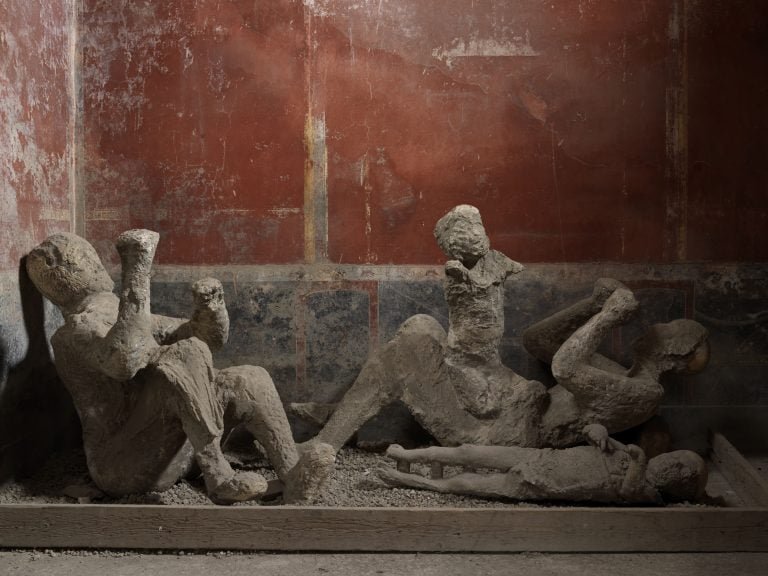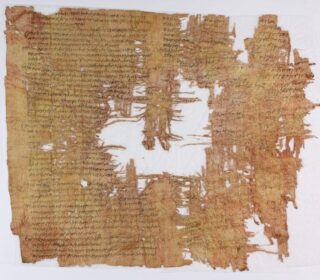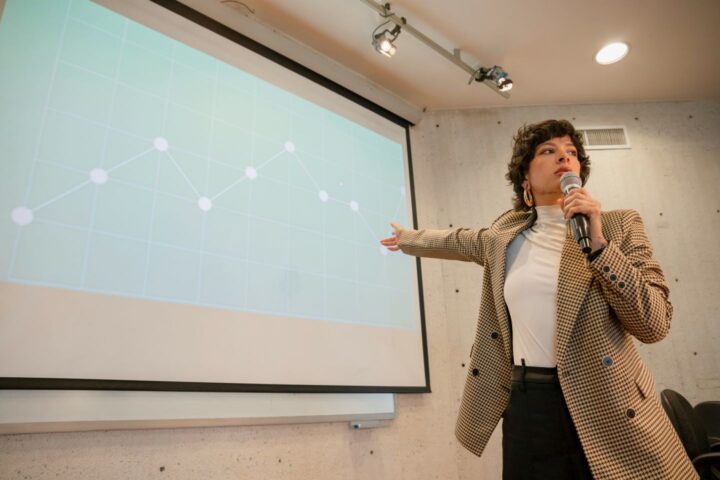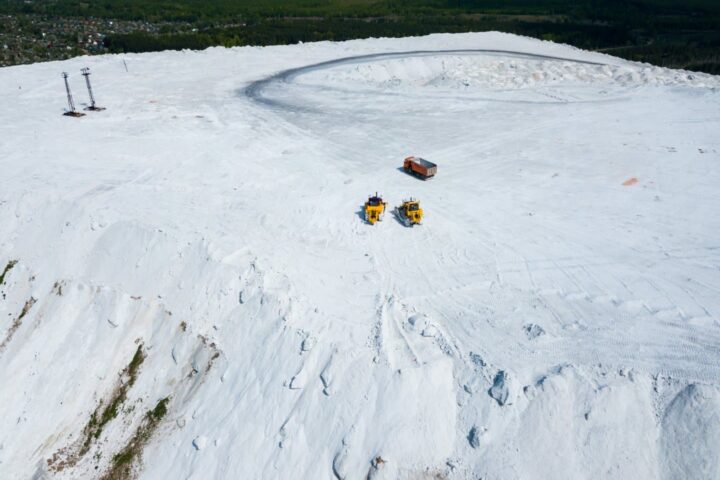For decades, the plaster casts of the victims of the 79 CE eruption of Mount Vesuvius have been a source of fascination for archaeologists and the public alike. One of the most iconic images is that of a mother and child, frozen in time as they attempted to escape the devastating volcanic eruption. However, a recent genetic study has revealed that the story behind this famous image may not be as straightforward as we thought.
Challenging the Narrative
A team of international scientists from Harvard Medical School, the University of Florence, and the Max Planck Institute for Evolutionary Anthropology analyzed DNA from the remains of five individuals who perished in the eruption. The results revealed that some of the stories told for decades about the individuals’ sexes and family relationships are either not correct or not as simple as believed.
New Revelations
The study found that the adult with a golden bracelet and a child on their lap, often interpreted as mother and son or daughter, turned out to be a genetic male and a biologically unrelated child. Additionally, three of four presumed family members at one site had no genetic ties to one another, and two individuals lying in a position frequently seen as an embrace were found to include at least one genetic male.
The Importance of Genetic Analysis
The study highlights the importance of integrating genetic analysis with archaeological and historical information to enrich or correct narratives constructed based on limited evidence. The authors note that such narratives often reflect the worldviews and biases of researchers and other storytellers at the time.
A Cautionary Tale
The study serves as a caution not to make deductions about characteristics like sex and kinship based on evidence like jewelry and physical proximity. Instead, the genetic results encourage reflection on the dangers of making up stories about gender and family relationships in past societies based on present-day expectations.
Uncovering the Truth
The analysis does corroborate previous evidence that ancient Pompeiians largely descended from people who had immigrated from the eastern Mediterranean. This underscores the cosmopolitanism of the Roman Empire in this period.
Conclusion
The study is a reminder that our understanding of the past is constantly evolving, and that new evidence can challenge our existing narratives. As we continue to uncover the secrets of Pompeii, we are reminded of the importance of approaching the past with a nuanced and open-minded perspective.

















